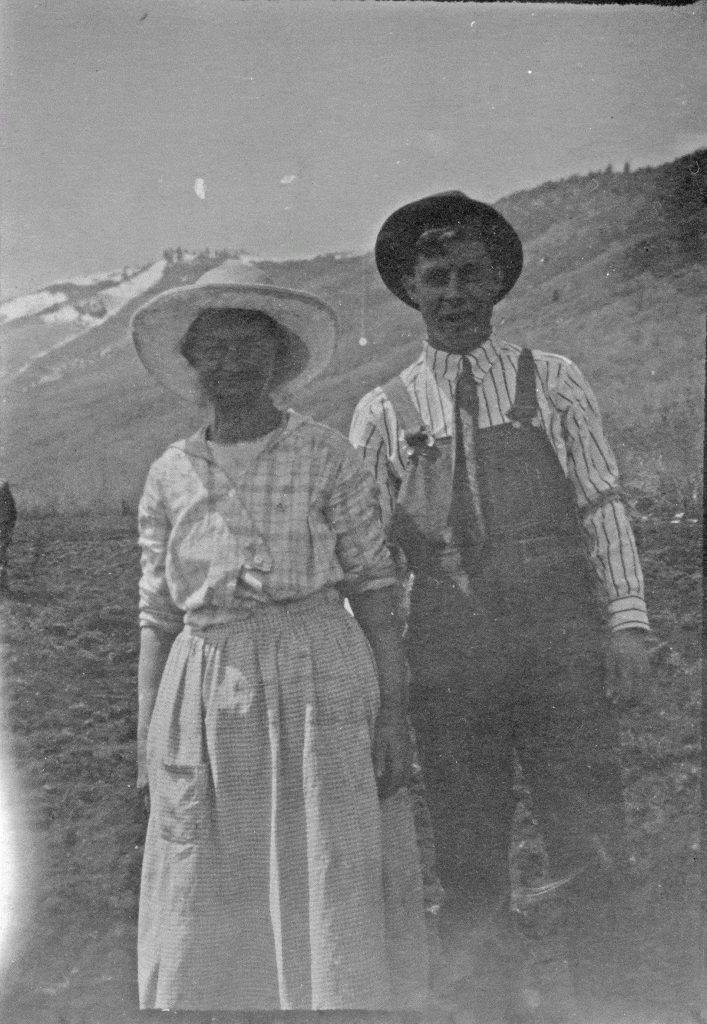Once considered “North Park” or the outskirts of Park City, the land by the mouth of Thaynes Canyon has had many names but not much visibility.
In the 1850s and 1860s, homesteaders settled Parley’s Park, Snyderville, and Kimball Junction, harvesting timber and producing food for their livelihoods. As the decades passed, the subsistence market eventually shifted to focus on the voracious appetites of the industries that built Park City. The surrounding farmlands supplied necessities to the mines and mine operators in Park City. Mines demanded timbering to shore up shafts and tunnels, and miners needed to eat.
There are early references to the property at the mouth of Thaynes Canyon that indicate a family named Jobe lived there. Given that there is no record of their ownership with the County, however, it’s possible they never officially registered for a patent as homesteaders on the land.
In May 1894, P.J. Sullivan bought “Jobe’s Ranch.” He cleaned and fixed it up into a first class milk ranch. Sullivan, an immigrant who had first moved to Tooele, had come to Park City at least ten years prior and was known as the “milkman.” He died in May 1898, leaving his wife Elizabeth to raise their children alone. She was granted a patent on the homestead in September 1898.

Credit: Park City Historical Society and Museum, Thomas F. Hansen Collection
The ranch is hidden at the mouth of Thaynes Canyon; so hidden, in fact, that it wasn’t until 1924 that the sheriff, trying to wipe out illegal whiskey production in the midst of Prohibition, found the Sullivan’s still, a full seven years after Utah had banned alcohol. Though local newspaper reports indicate some confusion on the matter, it appears that someone associated with the still tried to escape with some of the apparatus when the “G-men” appeared on the scene. He nearly succeeded, but after casting off the machinery, was caught and jailed.
The Sullivan family sold the ranch to Andrew Hurley around 1930. Hurley had been born into a Park City mining family and served as manager at the New Quincy and Keystone mines. He proposed to build the largest dairy barn in Utah on the ranch. Once completed, the barn was indeed among the finest in the area: 140ft by 35ft, lined with celotex, with mechanical milking machines and individual drinking cups for the cows. This barn still stands and is now referred to as the “Armstrong Barn.”
Hurley operated the farm through a manager for a short time before he sold the property to Salt Lake banker Herbert Snow in 1934. Snow continued the Guernsey cow dairy. He died in 1957 but the land stayed in the family as the Snow Summit Ranch. Snow’s daughter Heloise married William Melbourne Armstrong. The Armstrong children inherited the property and lived there for many years.
Though this property was once thought of as the outskirts of “old Park City,” it is an important part of the community we have become.